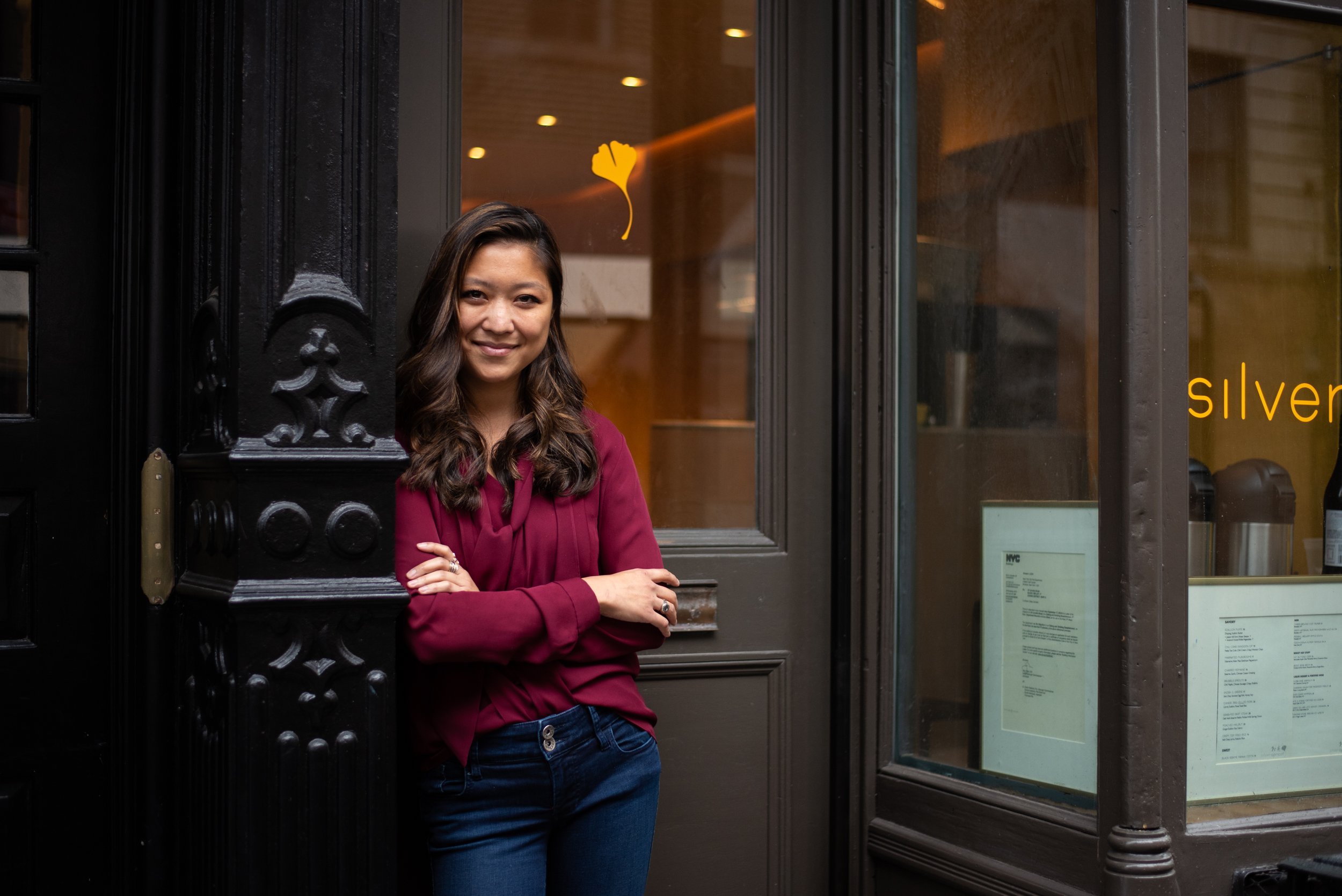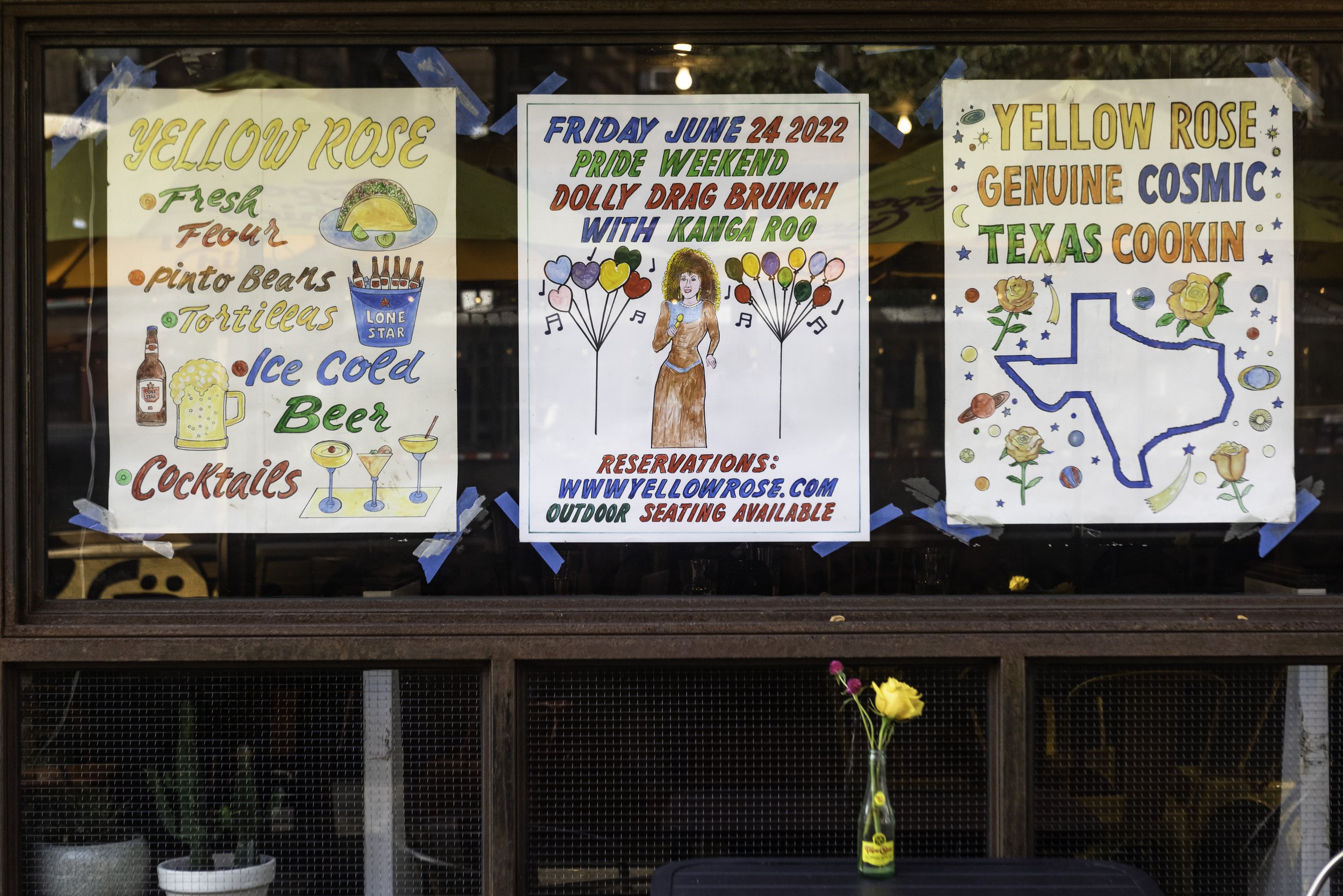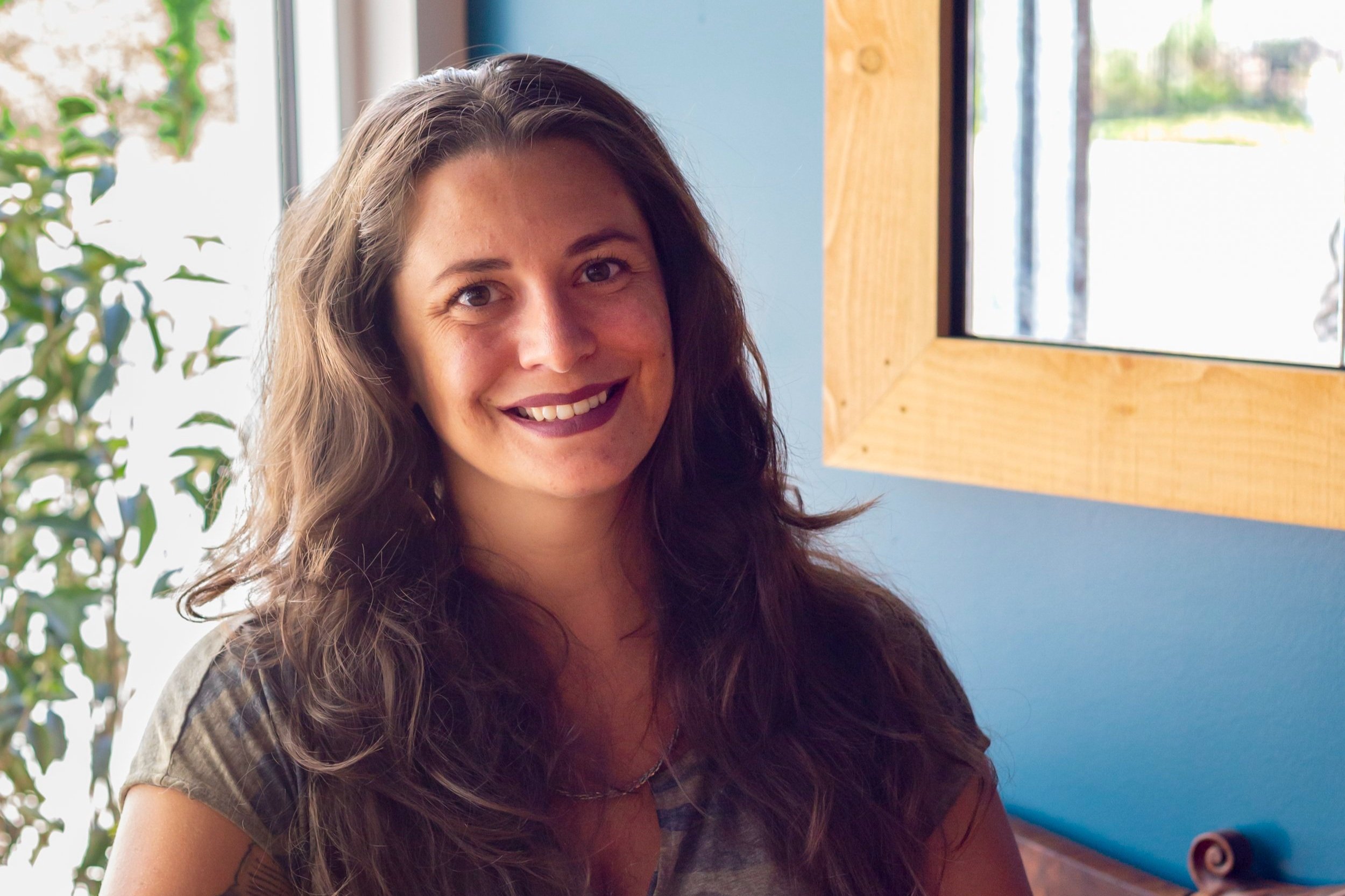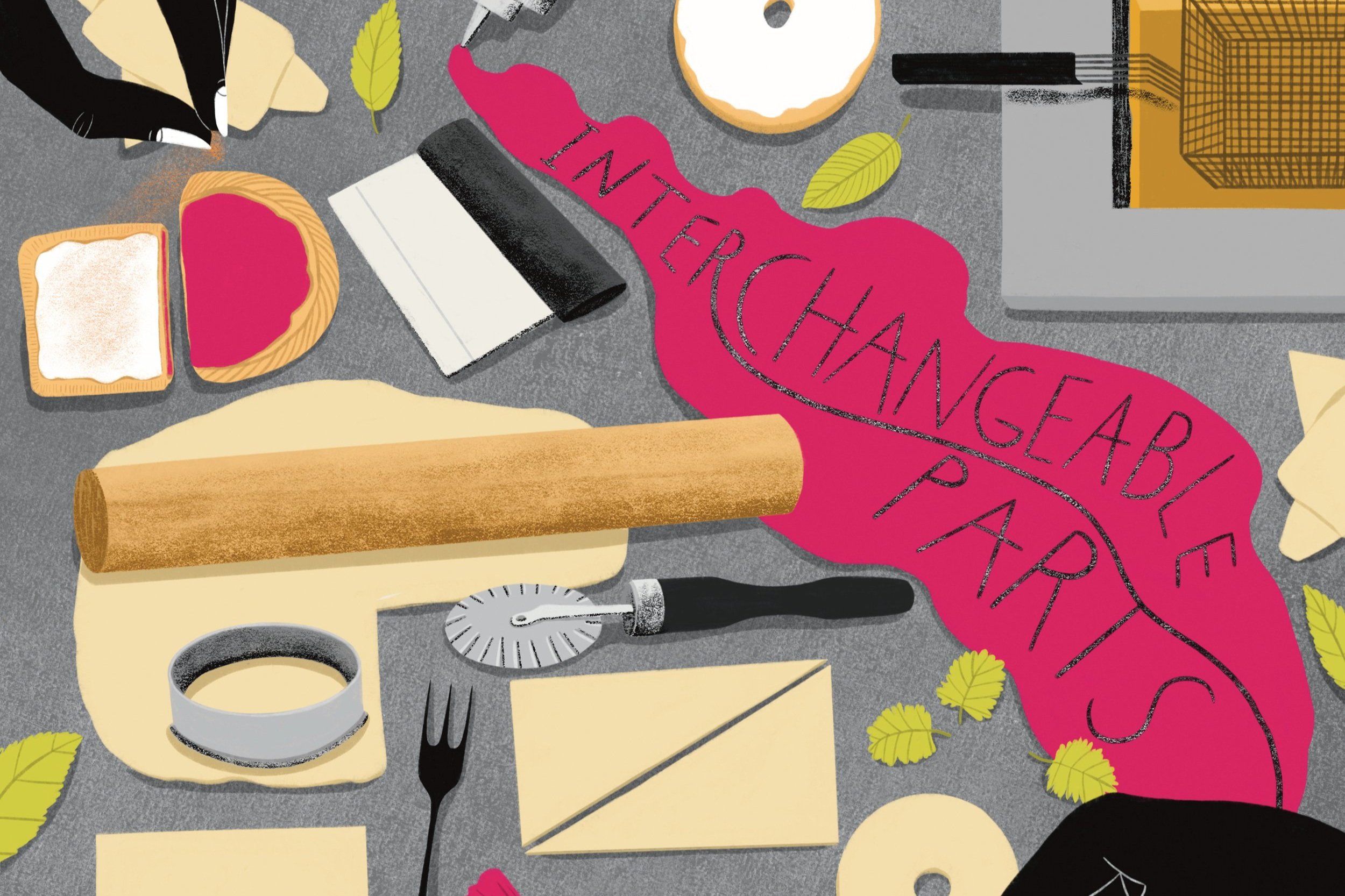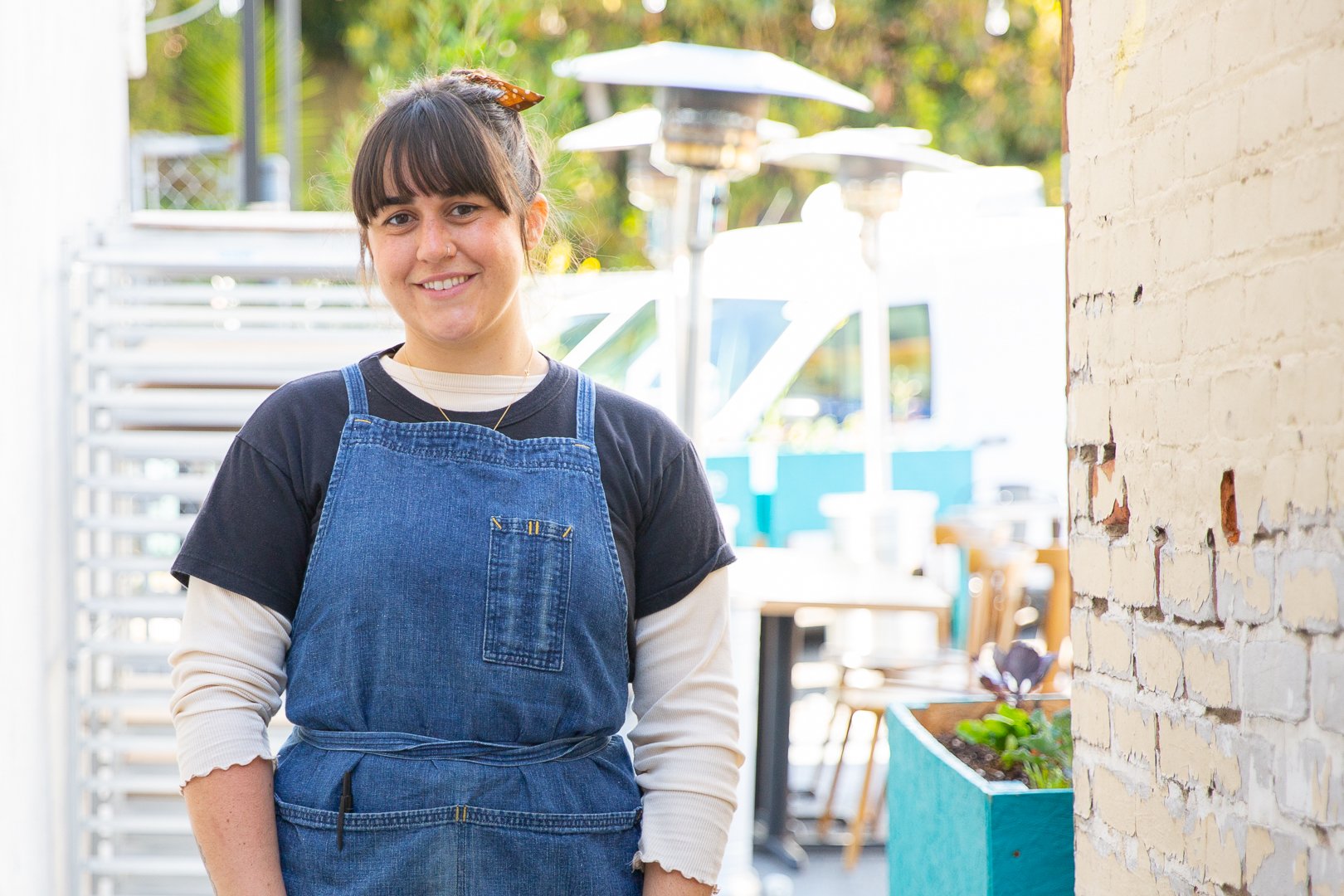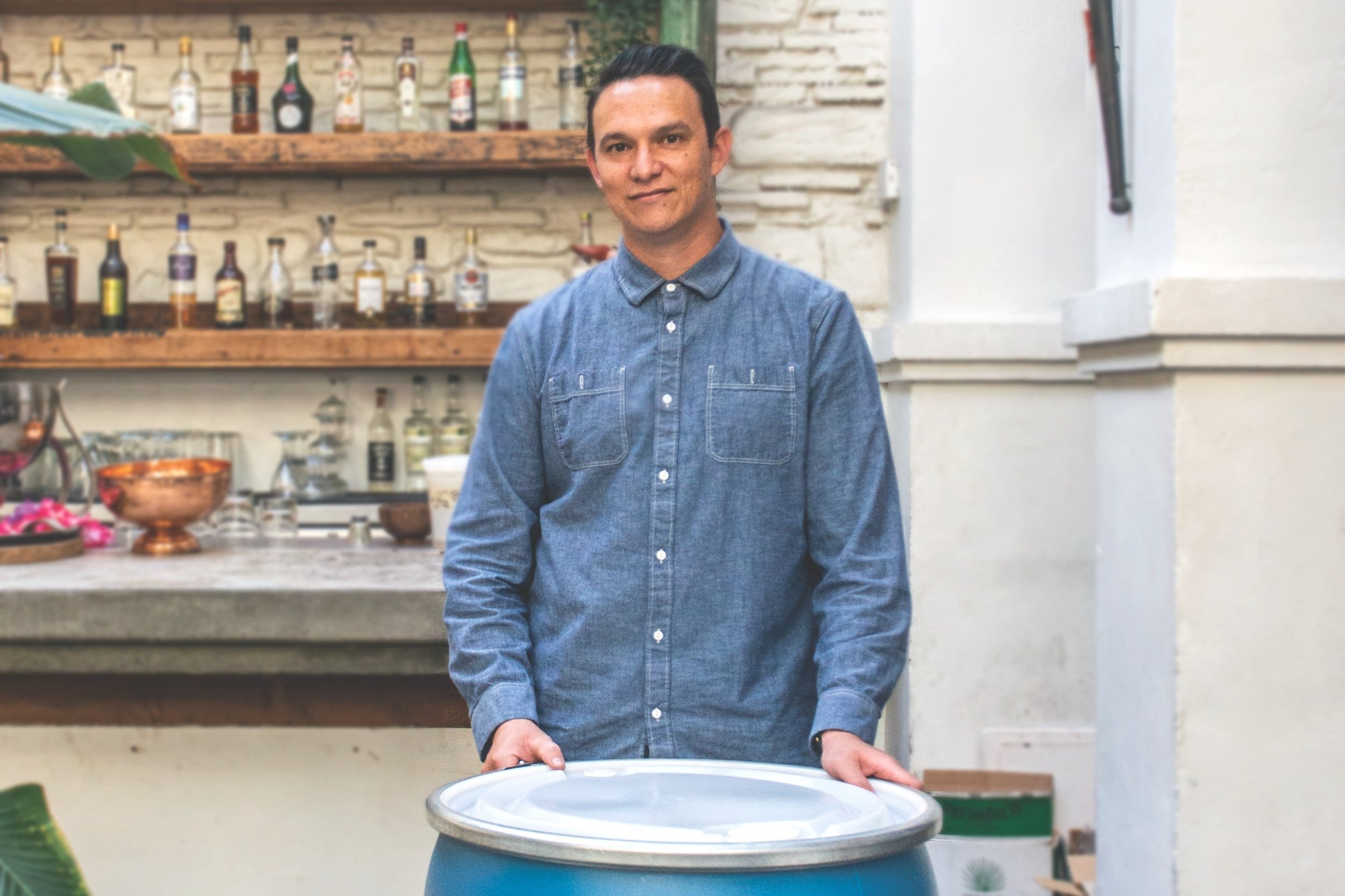The New Hospitality
Carrying the weight of New Yorkers' livelihoods, restaurant professionals like Sommelier Emmeline Zhao of Silver Apricot, are leveling with their guests to make operations a bit simpler.
We had a plan for 2020. My partners and I were on track to open a new restaurant in the West Village and had our eyes on continued growth for our three noodle shop locations. On the eve of the new year, we toasted to new beginnings and the start of what we hoped would be our biggest year yet. By summer, we had permanently closed two locations and were grappling with how to handle our new restaurant space that had been sitting empty for months.
Emmeline Zhao is the Managing Partner and sommelier of SIlver Apricot
This experience isn’t unique to us; we were just three of the more than 1,000 New York City restaurants that shuttered during the pandemic and one of the thousands more that had to shift gears to survive. Nearly overnight, we went from being small business owners and hospitality professionals to guardians of every member of our team and every guest that walks through our doors. Never before have I felt the weight of an entire community on my shoulders.
The main principles that I’ve gleaned through opening and operating a restaurant during a pandemic is to have plans A, B, C, and D; to collaborate and communicate; to be transparent; and to set priorities. We’ve been able to make tough decisions, like whether to open indoors or on stormy days, because we towed clear and hard lines on our priorities. The health and safety of our team and our patrons are paramount. The joy of our guests falls squarely next in line. And when we explain to them why we make the decisions that we do—to protect their and our collective wellbeing—they’ve not only been largely understanding but appreciative.
We’ve made a concerted effort to be clear with guests on our operating norms and safety protocols. While we don’t set restrictions on how long they may occupy a table, on nights with tighter turns, we’re transparent with guests about when the next reservation is slated to come in, asking them to work with us to allow the seating of a new table in a timely fashion. We’ve also found guests to be very thoughtful and self-governing on wearing masks while not eating or drinking. We’ve seen the most success when we make our process clear and when we ask guests to be our collaborators, rather than the subjects of our rules.
To say “yes” to the best of our ability and to always leave the guest walking out happier than when they came in is in many ways our Hippocratic Oath. Through 2020, ensuring safety has become a new article to that oath. In our work, it’s easy to fall into seeing just the short-term in our desire to push through a busy service or a long week, despite the increased urgent need to consider the long-term. But the most that we can ask of ourselves right now as hospitality professionals is to be empathetic and implore our guests to do the same.
How are restaurants leveling with their customers?
At Attaboy, the staff makes sure that no one is clamoring for seating or expecting special requests that the bar can’t accommodate. “A lot of customers don’t realize that every bar has its quirks and different ways of operating. This is not a place where you shout over a million people for a tequila soda,” Head Bartender Haley Traub says. “When you come through the door, you play by our rules.”
Bed-Stuy’s Greenberg’s Bagels transitioned from operating as a primarily counter-service operation to exclusively doing online orders. As customers called or stopped by, owner Julian Cavin had to gracefully redirect them to ChowNow. Cavin says. “It was very personal. I was taking every call [with customers], and it’s really worked!”
By telling diners that they must use QR codes, restaurants can minimize contact and avoid the hassle of printing menus. Llama San’s code sends diners to Instagram so they can see how drinks are prepared and how much work goes into them.
Opening right before COVID-19 hit the city, Mokyo can’t afford to allow diners to camp out at tables all day. The restaurant asks on the menu that parties of two to four limit themselves to 90 minutes and those with five to eight stay less than two hours.

